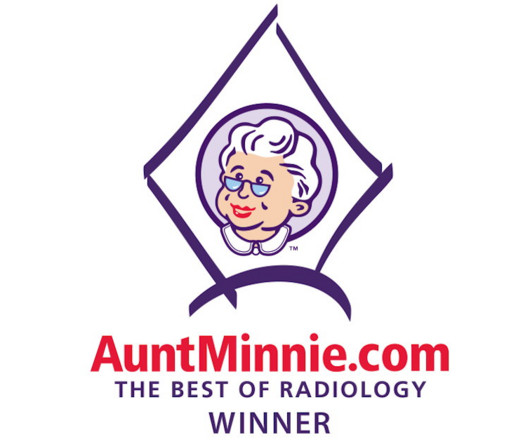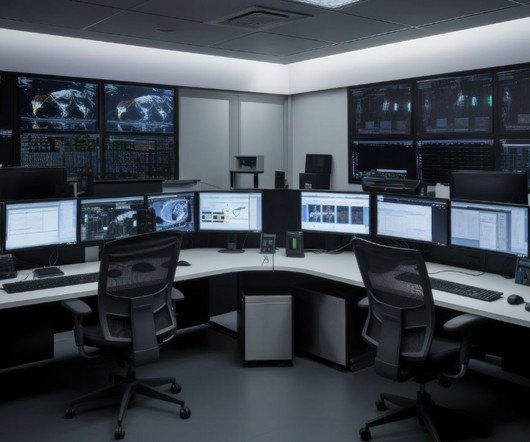Advanced Imaging Shows Promise for Addressing Radiology Staff Shortages
Cassling's MRI
JUNE 30, 2023
Hospital staffing shortages are a real problem. In fact, last March the American Hospital Association submitted a letter to the U.S. The impact of these shortages has affected the gamut of healthcare worker roles -- from physicians and nurses to medical technicians and yes, radiologic technologists. between 2022 and 2030.












Let's personalize your content